Research
My research explores the structure, composition and dynamics of the understory plant communities, and their links to other assemblages in the forest, as well as how these, in turn, drive the functioning of the ecosystems. A large proportion of my work is field-based and in natural ecosystems, especially subalpine forests on the eastern Tibetan Plateau.
The forests face multiple anthropogenic threats, such as disturbances from silvicultural activity, climate changes and extreme weather events. My colleagues and I employ a combination of long-term monitoring and experimental approaches. We examine the structural and compositional changes in understory plant communities as a response to man-made disturbances such as clear-cut and small-scale harvest mimicking gap formation.
Mosses, and other bryophytes, are especially important in the understory layer of many forests. They cover a large area of forest floor, host nitrogen-fixing cyanobacteria, regulate nutrient cycling, and work as a boundary layer between atmosphere and forest ecosystems. I employ field experiments to understand nutrient use strategy of mosses and their role in ecosystem cycling.
Structure and compostition of understory plant communities as response to silvicutural actitvities
The subalpine forests on the eastern Tibetan Plateau are very much similar to the forests of the boreal zone. They share a characteristic vegetation structure, consisting of a tree layer and an understory of dwarf shrubs, mosses and lichens. Understory plant communities are strongly influenced by the overstory, as the canopy structure controls light, temperature and moisture condition. The understory plant communities undergo extensive changes after silvicultural activities manipulating canopy layers.
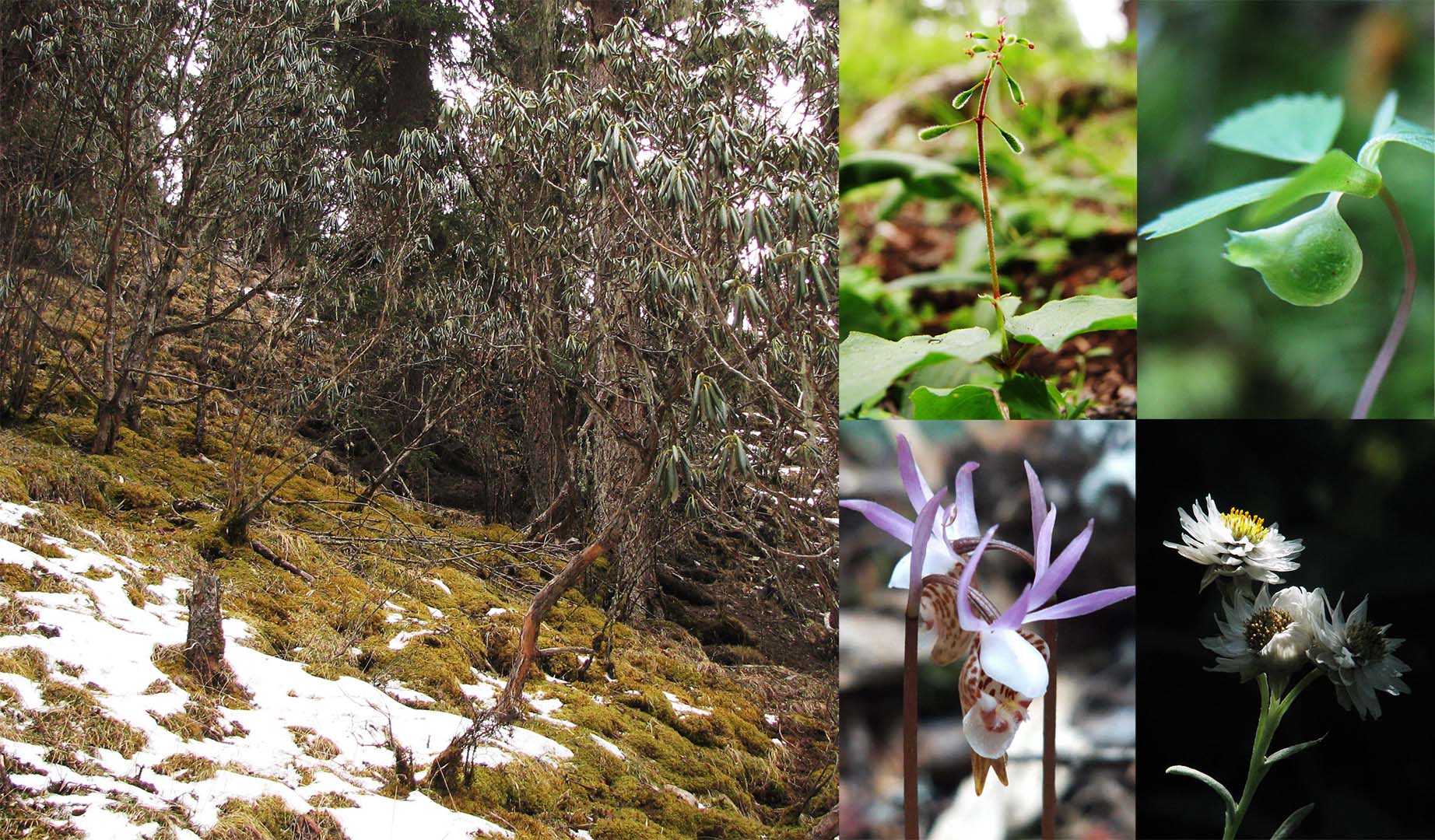
Among those activities, clear-cut logging is a serious, if not the most, anthropogenic disturbance to the forest. It induces both physical damages to the understory and alterations in environmental factors. In a field experiment, we found that the short-term responses of understory vegetation to clear-cutting are distinct across different assemblages. Bryophytes are more sensitive than vascular plants, and cover percentage responded more swiftly than species richness to clear-cutting.
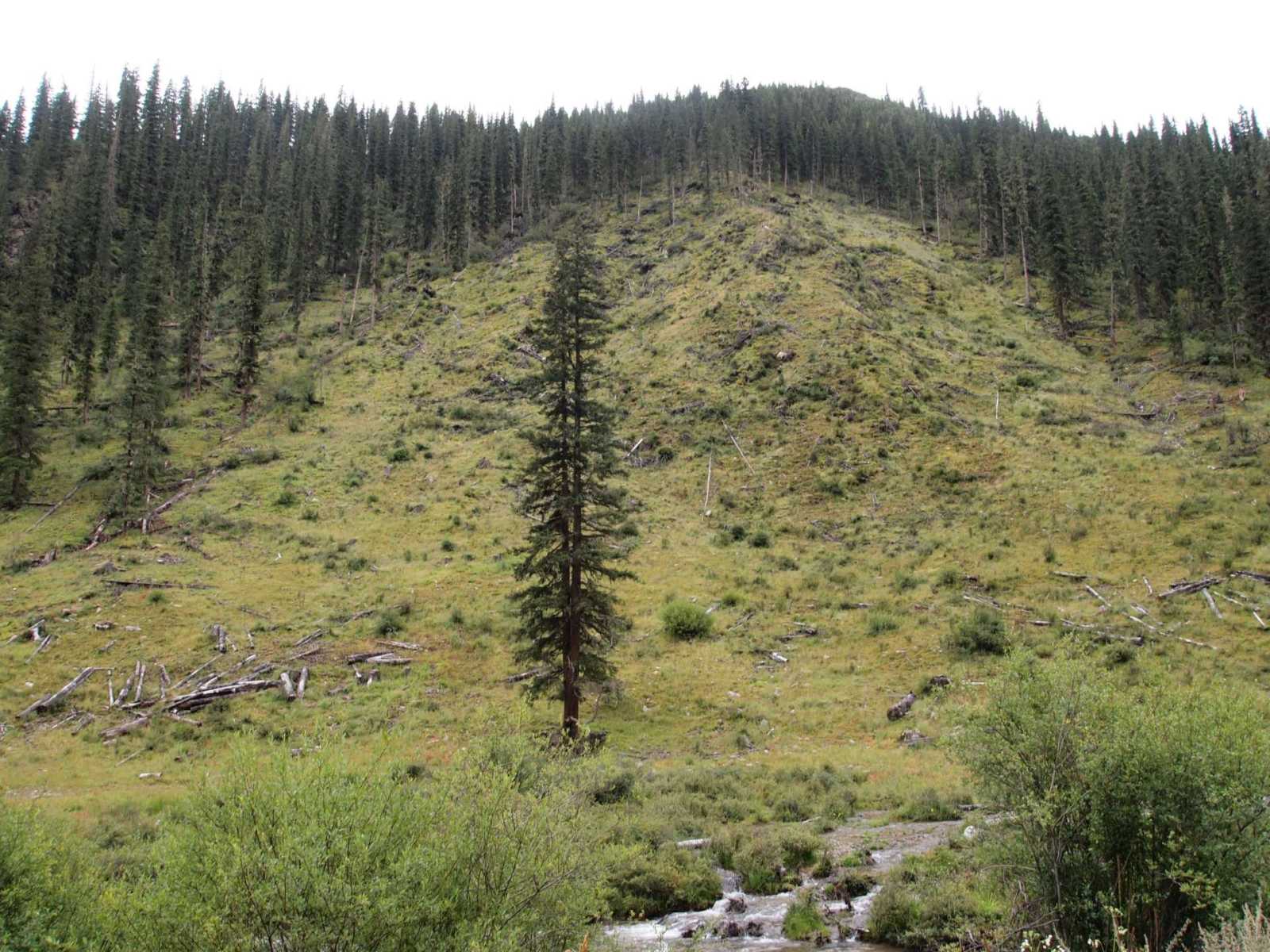
Forest gaps are the result of natural disturbance, leading to differences in understory microclimate conditions compared to those from below closed canopy, and support the growth of other trees and plants. The maintenance of species diversity by gaps have been recognized as a long-standing paradigm in forest ecology. There are more than 69 million ha plantations in China, and the area is expanding. A large area of plantations suffered from high tree density, simple community structure and low species diversity, limiting ecological functions. Emulating natural disturbance, such as gap formation, seems to be a promising approach to conserve biodiversity. In a 12-year field experiment, we found that the understory cover for the understory vegetation greatly increased in the first 4 years. In the later stage, 8 to 12 years since gap formation, the slightly decreased understory cover was mainly attributed to the decrease in ferns and forbs, while the shrub cover increased. Species composition differed among gaps and control sites even after 12 years since gap formation. Thus, emulating gap formation has long-lasting influences on forest structure and species diversity.
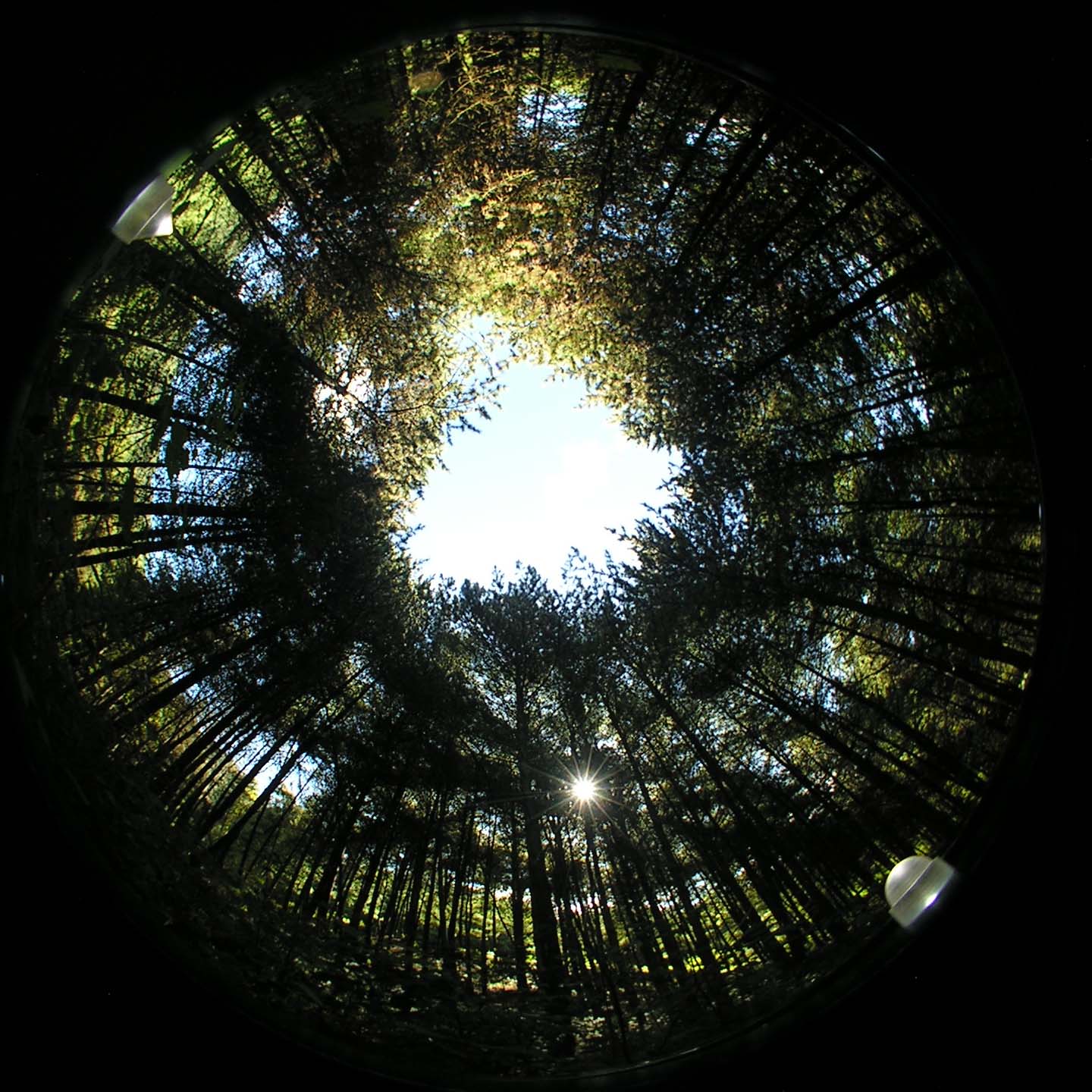
Relevant:
- Xin Liu and Wei-Kai Bao 2014. Understory plant assemblages present distinct short-term responses to the clear-cutting of an old-growth spruce forest near an alpine timberline. Canadian Journal of Forest Research 44(6): 562-571. DOI: 10.1139/cjfr-2013-0377
- Zhi-Qiang Fang, Wei-Kai Bao, Xiao-Li Yan and Xin Liu 2014. Understory structure and vascular plant diversity in naturally regenerated deciduous forests and spruce plantations on similar clear-cuts: Implications for forest regeneration strategy selection. Forests 5(4): 715-743. DOI: 10.3390/f5040715
- Xin Liu and Wei-Kai Bao 2011. Community structure and vascular plant species composition of primary spruce forest near timberline in the eastern tibetan plateau. Biodiversity Science 19(1): 34-40. In Chinese with English abstract. DOI: 10.3724/SP.J.1003.2011.07098
Nitrogen fixation of moss-cyanobacteria association
Mosses are abundant in many pristine ecosystems, such as boreal forests, subalpine forests and subarctic tundra, where N deposition is low and plant growth is commonly limited by N availability. Nitrogen fixation performed by moss-associated cyanobacteria is the main N source in these ecosystems. Wide-ranging taxa of mosses have been found to host cyanobacteria, but nitrogen fixation activity of the association varies greatly among moss species. We examined morphological, chemical and water-balance traits for 4 moss species varying in nitrogen fixation activity, and correlated these traits to cyanobacterial abundance. We found hydration rate was one of the pivotal traits, explaining 56 and 38 % of the variation in nitrogen fixation and cyanobacterial colonization, respectively, and was linked to morphological traits of the moss species. A considerable amount of paraphyllia, filamentous appendages on Hylocomium splendens stems, was colonized by cyanobacteria. Check out the press release of our paper by the blog Botany One!
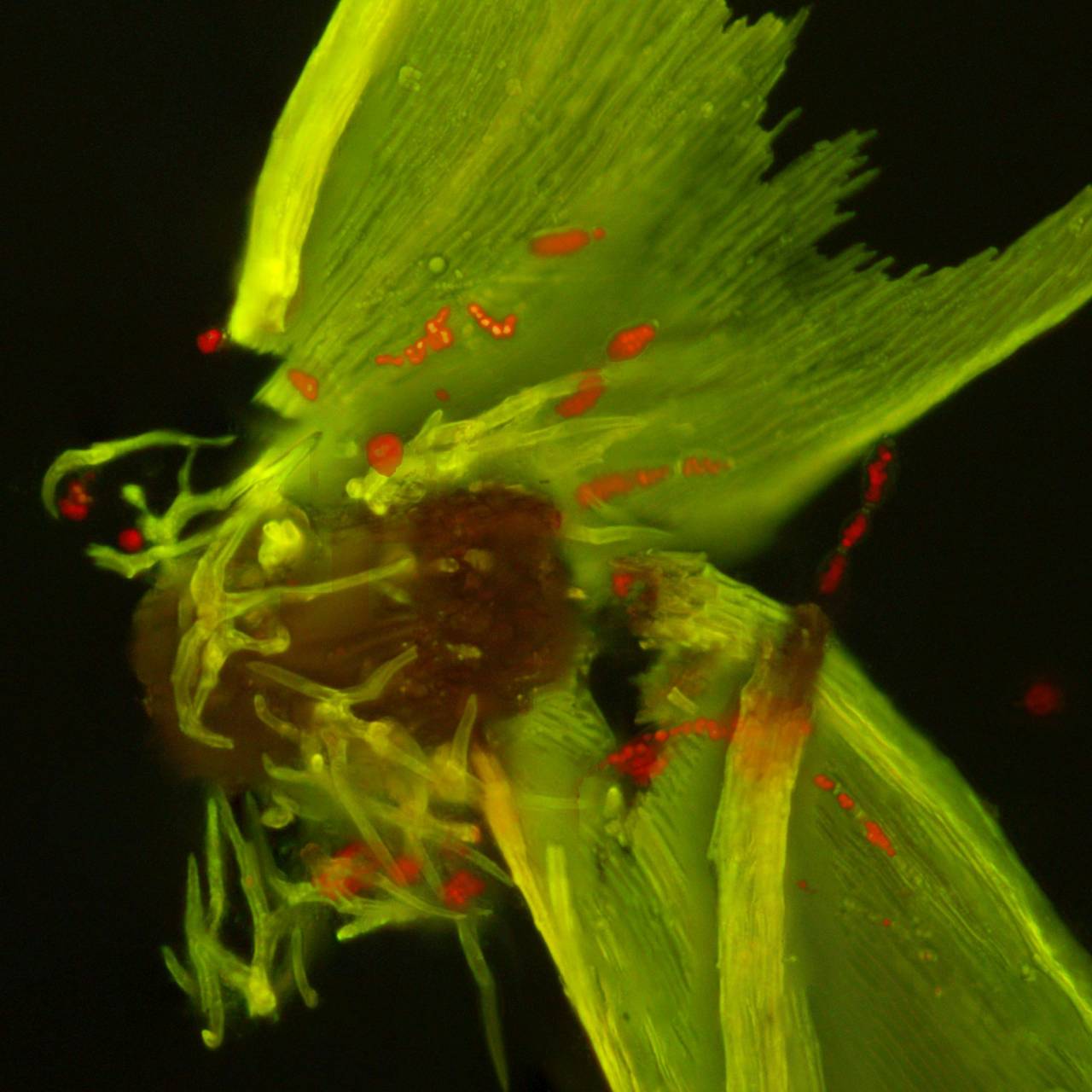
Relevant:
- Xin Liu and Kathrin Rousk. 2022. The moss traits that rule cyanobacterial colonization. Annals of Botany 129(2): 147–160. DOI: 10.1093/aob/mcab127
Nutrient use of understory mosses
Mosses comprise most of the understory in subalpine and boreal coniferous forests. They are assumed to be critical regulator of biogeochemical cycles in the forest ecosystems. Despite their high abundance in many ecosystems, it is still largely unknown how efficient mosses are in using and recycling nutrients, as well as the rate of mosses lose nutrient to the ecosystem via e.g. leaching.
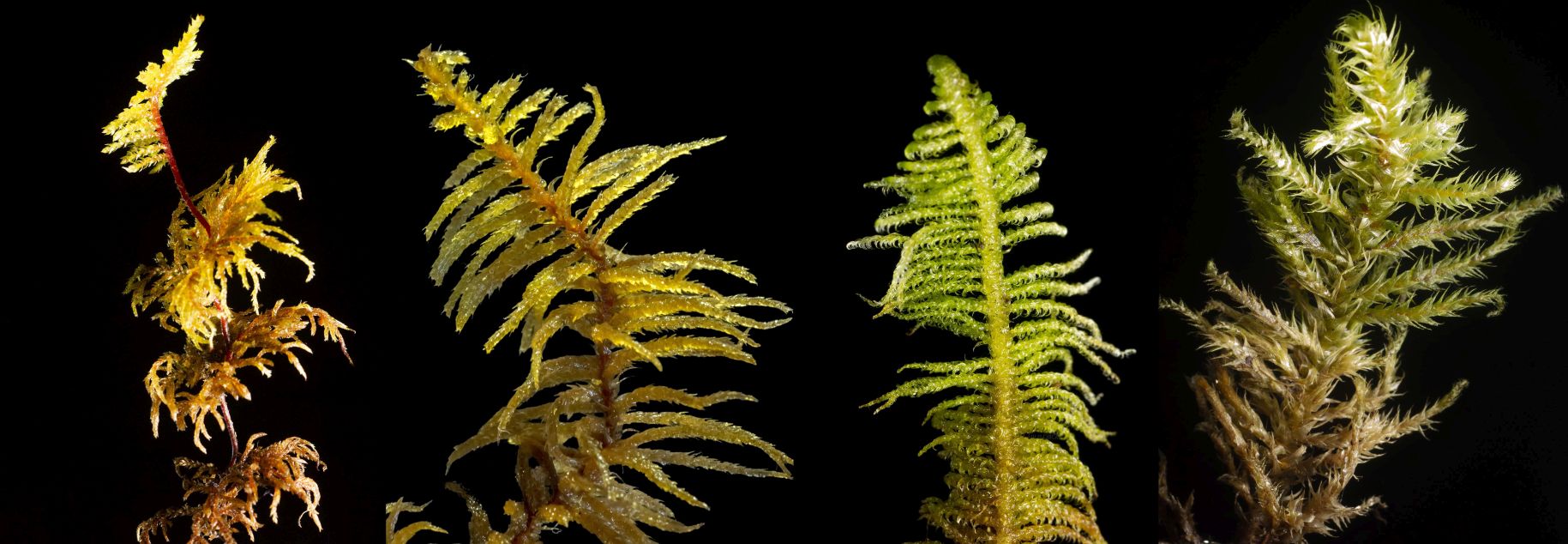
Moss differ from vascular plants in both biology and ecology, such as lacking highly specialized conducting tissue and having leaves one cell thick. Because of these unique physiological and ecological characteristics, bryophytes serve as effcetive traps for water and nutrients in atmospheric deposition. These features, on the other hand, lead to the possibility of losing nutrients during changes in the microclimate such as sudden rain events.
To aid in understanding the N dynamics of mosses, we established and tested a conceptual framework describing the possible pathways that mosses recycle or lose N during senescence. We followed the fate of N in two dominant mosses using stable isotopes 15N in old-growth fir forests in the eastern Tibetan Plateau. Unlike previously hypothesized, I found that the 2 mosses are efficient in N resorption. Nitrogen leaching from live tissue is an important but often overlooked pathway that the mosses release N.
Relevant:
- Xin Liu, Zhe Wang, Xiao Ming Li, Kathrin Rousk and Wei Kai Bao. 2020. High nitrogen resorption efficiency of forest mosses. Annals of Botany 125(4): 557-563. DOI:10.1093/aob/mcz199
- Xin Liu, Zhe Wang, Xiaoming Li and Weikai Bao. 2020. Nitrogen and phosphorus translocation of forest floor mosses as affected by a pulse of these nutrients. Journal of Plant Ecology 13(5): 633-640. DOI: 10.1093/jpe/rtaa050
- Xin Liu, Zhe Wang, XiaoMing Li and WeiKai Bao. 2017 July. XIX International Botanical Congress, Shenzhen, China. Poster
- Xin Liu, Zhe Wang, WeiKai Bao and XiaoMing Li 2015. Photosynthetic responses of two pleurocarpous mosses to low-level nitrogen addition: A study in an old-growth fir forest. Journal of Bryology 37(1): 15-22. DOI: 10.1179/1743282014y.0000000122
- Zhe Wang, Xin Liu and WeiKai Bao 2016. Higher photosynthetic capacity and different functional trait scaling relationships in erect bryophytes compared with prostrate species. Oecologia 180(2): 359-369. DOI: 10.1007/s00442-015-3484-2
